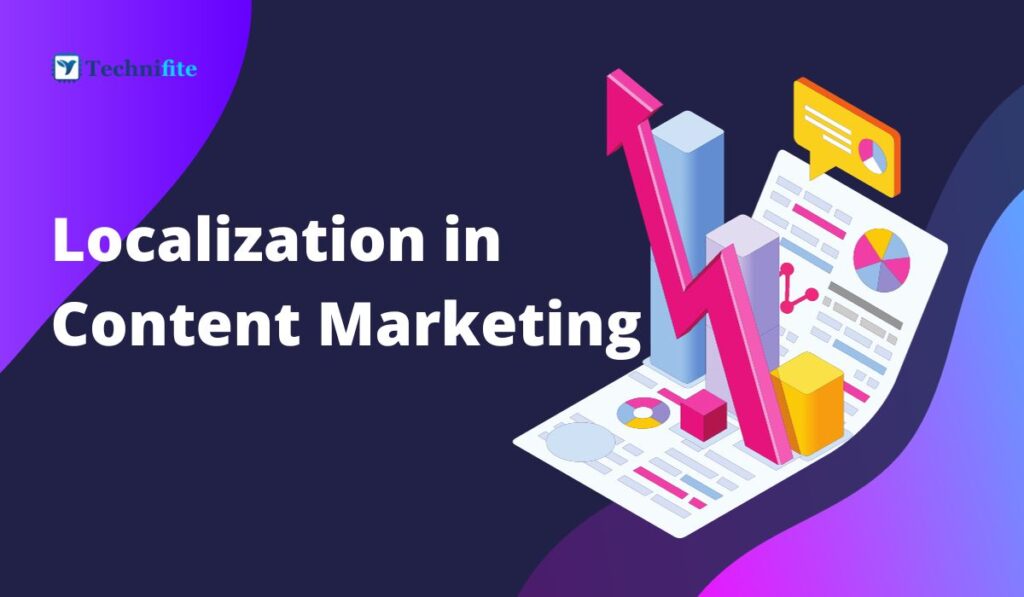In the fast-paced world of digital marketing, where algorithms evolve and competition intensifies by the day, mastering the art of content optimization is akin to possessing a potent SEO weapon. Content optimization isn’t merely about sprinkling keywords within your web pages; it’s a multifaceted strategy that combines technical finesse, audience empathy, and search engine savvy. In this exhaustive guide, we’ll unravel the intricacies of content optimization, equipping you with the knowledge to not just rank higher on search engine results pages (SERPs), but to truly connect with and engage your target audience.
The Crucial Role of Content Optimization
Before we dive into the techniques, let’s underscore why content optimization matters in the digital realm:
1. Elevating Search Engine Rankings
The primary goal of content optimization is to propel your website to the top of SERPs. It significantly enhances your visibility, attracting a deluge of organic traffic when done right.
2. Crafting a Superior User Experience
Optimized content doesn’t merely appease search engine bots; it captivates and engages human readers. This translates into extended dwell times, reduced bounce rates, and higher conversions.
3. Targeted Audience Engagement
Through content optimization, you can align your content precisely with your intended audience’s preferences, utilizing the keywords, topics, and formats that resonate with them.
4. Gaining a Competitive Edge
In the cutthroat digital landscape, well-optimized content distinguishes you from competitors. It elevates your website’s authority and fosters trust among your audience.
Unveiling Content Optimization Techniques for SEO Success
Let’s roll up our sleeves and delve into the pragmatic techniques that can catapult your SEO endeavours to new heights through content optimization:
1. Keyword Research and Seamless Integration
Begin with meticulous keyword research:
- Identify relevant keywords and phrases that mirror your audience’s search intent.
- Employ tools like Google Keyword Planner, SEMrush, and Ahrefs for in-depth keyword analysis.
- Seamlessly integrate these keywords into your content:
- Incorporate the primary keyword into the title, headers, and the opening paragraph.
- Sprinkle-related keywords and synonyms throughout the content.
- Maintain a natural, reader-friendly flow while avoiding keyword stuffing.
2. High-Quality Content Creation
Remember: quality trumps quantity every time. Construct content that:
- Offers valuable, well-researched insights and solutions.
- Addresses your audience’s questions and needs.
- It is engaging, informative, and, if relevant, entertaining.
- It is unique, setting your content apart in the crowded digital space.
3. Readability Optimization
Ensure your content is effortlessly consumable:
- Structure content with short paragraphs and concise sentences.
- Leverage subheadings to break content into digestible sections.
- Use bullet points and numbered lists to present information.
- Craft enticing and descriptive meta descriptions that encourage clicks.
4. Mobile Optimization
Given the prevalence of mobile browsing, your content must be mobile-responsive:
- Embrace responsive web design to ensure content adapts seamlessly to different screen sizes.
- Optimize images and videos for faster loading on mobile devices.
5. Internal and External Linking
Master the art of linking:
- Internal links guide users to other relevant pages within your website, enhancing navigation and user experience.
- External links to authoritative sources lend credibility and context to your content.
- All links should be relevant and add value to your content.
6. Schema Markup Implementation
Harness the power of structured data with schema markup:
- Implement schema to provide search engines with structured information about your content.
- Enjoy the potential benefits of rich snippets in SERPs, which can boost click-through rates.
7. Regular Content Updates
Freshness is a ranking factor in search algorithms. To stay in the SEO game:
- Regularly revisit and refresh existing content to keep it current.
- Add updates or new information as necessary to maintain relevance.
8. Page Speed Optimization
Page loading speed is a critical user experience and SEO factor. Implement the following to optimize speed:
- Compress images and files to reduce page size.
- Utilize browser caching to enhance load times.
- Consider content delivery networks (CDNs) for faster content delivery.
9. User-Generated Content
Encourage user participation:
- Invite user-generated content such as reviews, comments, and testimonials.
- Respond promptly and professionally to user-generated content to foster engagement.
10. Analytics and Ongoing Monitoring
A key facet of content optimization is continuous improvement:
- Leverage analytics tools like Google Analytics and Google Search Console.
- Monitor keyword rankings, traffic trends, click-through rates, and user behaviour.
- Use data-driven insights to identify areas for improvement and adaptation.
Conclusion
Content optimization isn’t a one-time task; it’s an ongoing journey. By embracing these comprehensive content optimization techniques, you’re optimizing for search engines and, more importantly, for your audience. The dividends include improved search engine rankings, increased organic traffic, and a more formidable online presence. Remember that SEO is an ever-evolving field; staying attuned to changing algorithms and user preferences is paramount for sustained success. Dedicate time and effort to content optimization, and you’ll reap the rewards of a thriving digital presence that resonates with your audience and achieves remarkable SEO success.
Frequently Asked Questions (FAQs)
What is the role of keywords in content optimization?
Keywords are fundamental in content optimization. They help search engines understand the topic of your content and how it relates to user queries. Proper keyword research and integration ensure that your content is discoverable by your target audience.
How often should I update my existing content for SEO purposes?
The frequency of content updates can vary depending on your industry and the nature of your content. Generally, it’s a good practice to revisit and refresh your content periodically, especially if there have been significant changes in your industry or topic.
Is it better to prioritize user experience or search engine optimization when optimizing content?
You should aim to strike a balance between user experience and SEO. While SEO helps discover your content, a positive user experience keeps visitors engaged and encourages them to stay on your site. Both are essential for long-term success.
How can I determine if my content optimization efforts are working?
You can measure the effectiveness of your content optimization efforts through various metrics, such as keyword rankings, organic traffic, click-through rates, and user engagement. Tools like Google Analytics and Search Console provide valuable data for progress monitoring.
Are there any content optimization techniques specifically for e-commerce websites?
Yes, e-commerce websites can benefit from content optimization techniques tailored to product pages, such as optimizing product descriptions, using schema markup for product information, and implementing user-generated content like product reviews to enhance credibility and user engagement. Optimizing category pages and ensuring a smooth checkout process is crucial for e-commerce SEO.

